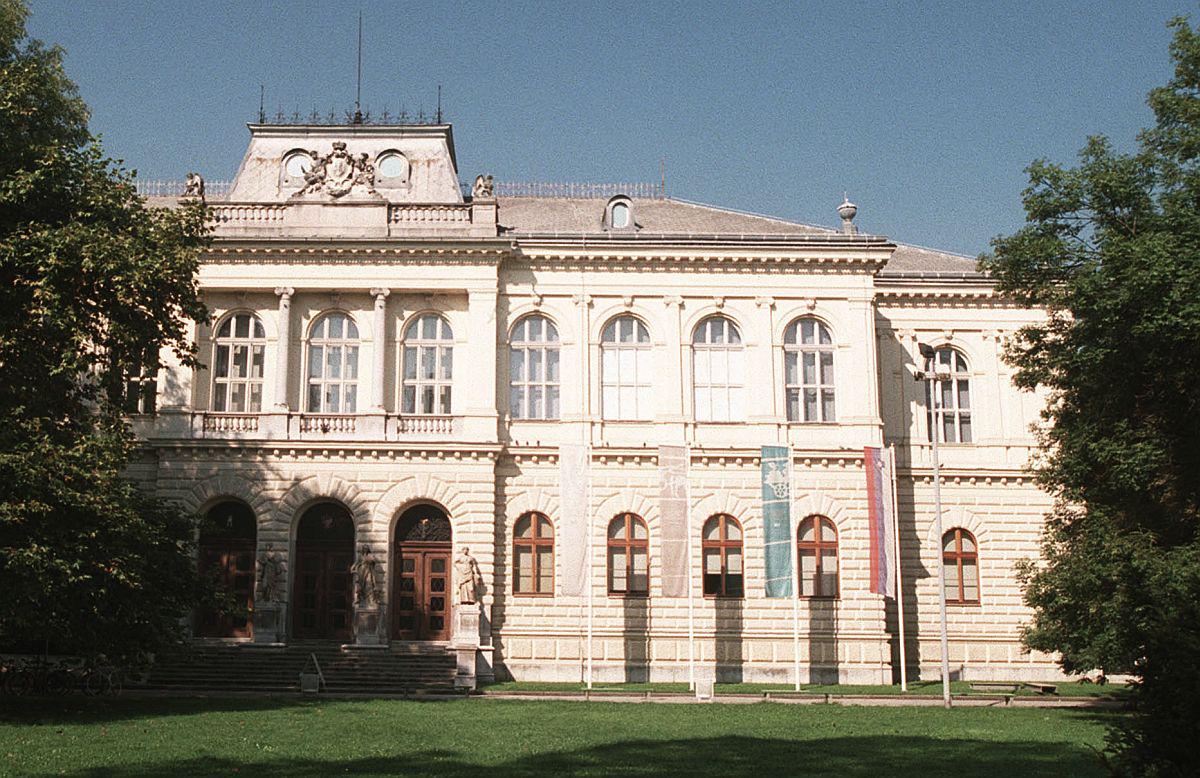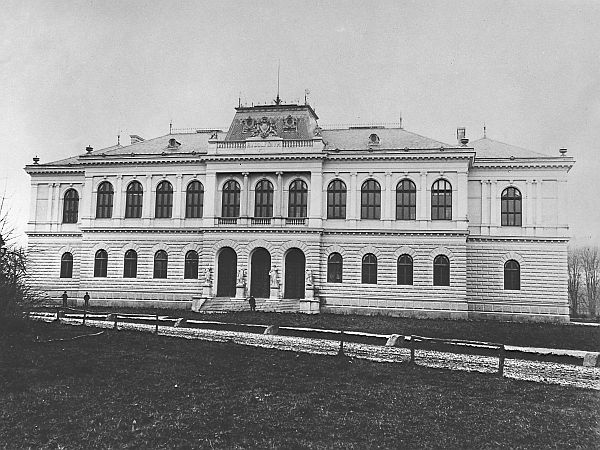

Rudolfinum, a neo-Renaissance palace in the heart of Ljubljana, was intended to symbolize the Slovenian people’s bond with Austria. Today, it houses two museums that rank among the country’s most preeminent cultural institutions.
The story of Rudolfinum dates back to 1883 when the Austrian Emperor Franz Joseph took part in the groundbreaking ceremony. The year was hugely symbolic, as it marked the 400th anniversary of Carniola, the Slovenian heartland, joining Austria. The name chosen for the structure also indicated its significance; it was named for Rudolph, the Crown Prince of Austria and Franz Joseph’s heir apparent.
At a time when foreign architects dominated the profession in the Slovenian Lands, a Slovenian named Viljem Treo was chosen to design the building. The resulting structure, completed in 1888, was created in the neo-Renaissance style that was popular at the time – and served as the default style for museums across Austria-Hungary. The building featured allegorical structures in the front – symbolizing art, the natural sciences, history, and labor --, as well as frescoes by the prolific Šubic brothers in several chambers. The main stairwell was the work of the well-known Viennese architect Wilhelm Rezori, who had worked with Treo on the original plans. The front of Rudolfinum was eventually transformed into a stately park.
The museum in the building, dubbed Krainisches Landesmuseum, was initially intended to present the history of Carniola, but as the Slovenian people attained increasing levels of political autonomy in the 20th century, it became known as the Slovenian National Museum. These days, it chronicles the story of human habitation in the area from prehistoric times to the early modern era. The National Museum shares Rudolfinum with the Museum of Natural Science, which introduces visitors to life in Slovenia since the Ice Age. Its prime attraction is a well-preserved skeleton of a wooly mammoth.
The two museums are among Ljubljana’s most popular attractions, while the majesty of Rudolfinum’s architecture serves as a reminder of Slovenia’s colorful past.

































































